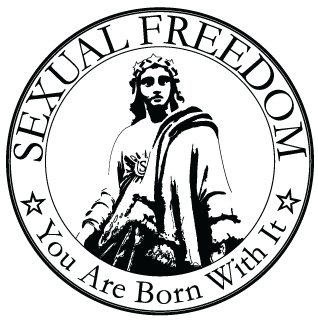economics
-
In tribute to American workers, over half of whom earn less than $15 per hour but deserve so much more, we are reprinting our coverage on income equality. Where the minimum wage is $15 the local economy is boosted, reason alone to join the movement to rectify income equality. See also: The Wealthy and Powerful…
-
Real Democracy Demands Economic Democracy
•
2 min read
“Only 1 out of 8 American households is able to have the American Dream.” – Richard D. Wolff, author of Democracy At Work: A Cure for Capitalism, and leader of the Democracy At Work movement, appearing on Bill Maher’s HBO show, Real Time We were told as children that capitalism was good because it supported…
-
Yes, it’s true, anti-LGBT laws kill
•
1 min read
Quantifying the Effects of Homophobia Providing the quantifiable effects of homophobia will allow policy makers, economists, and global leaders to better understand that anti-gay laws ultimately do more harm than good, to LGBT people and the population at large. –Dominic Bocci for The Advocate Society must be kept accountable for the facts that an LGBT…
